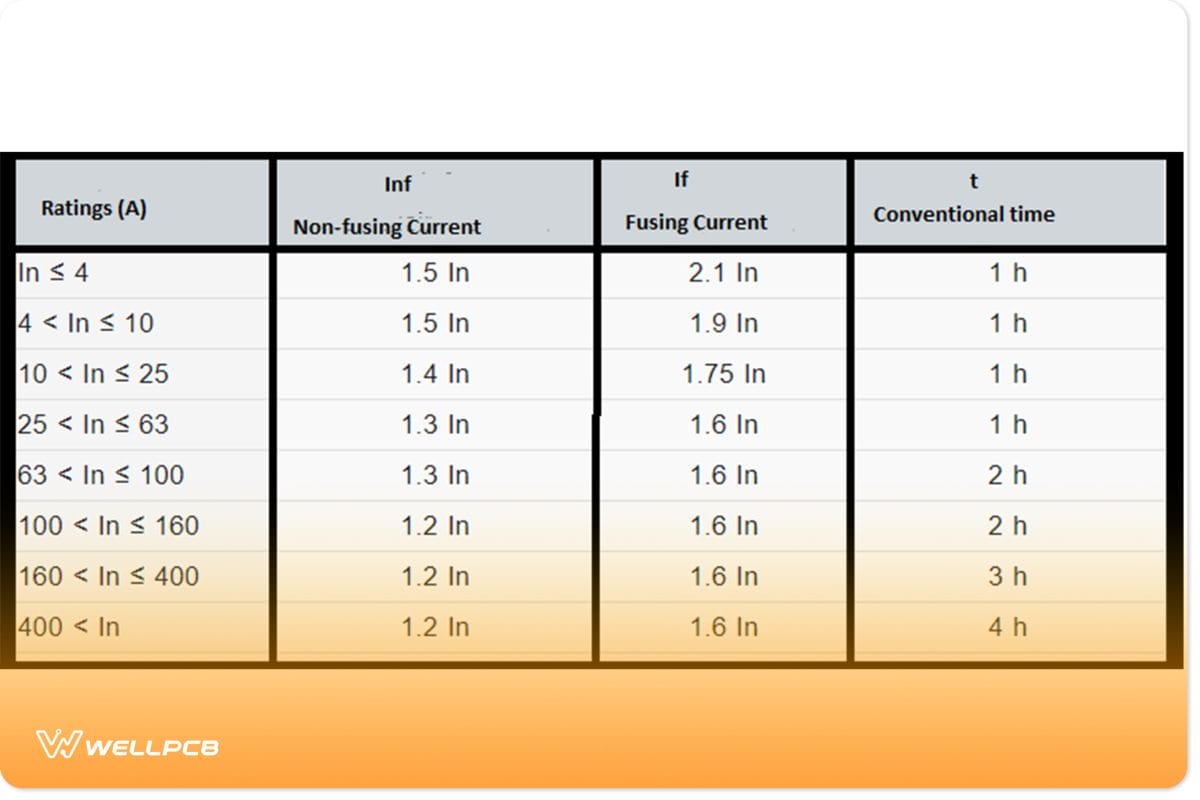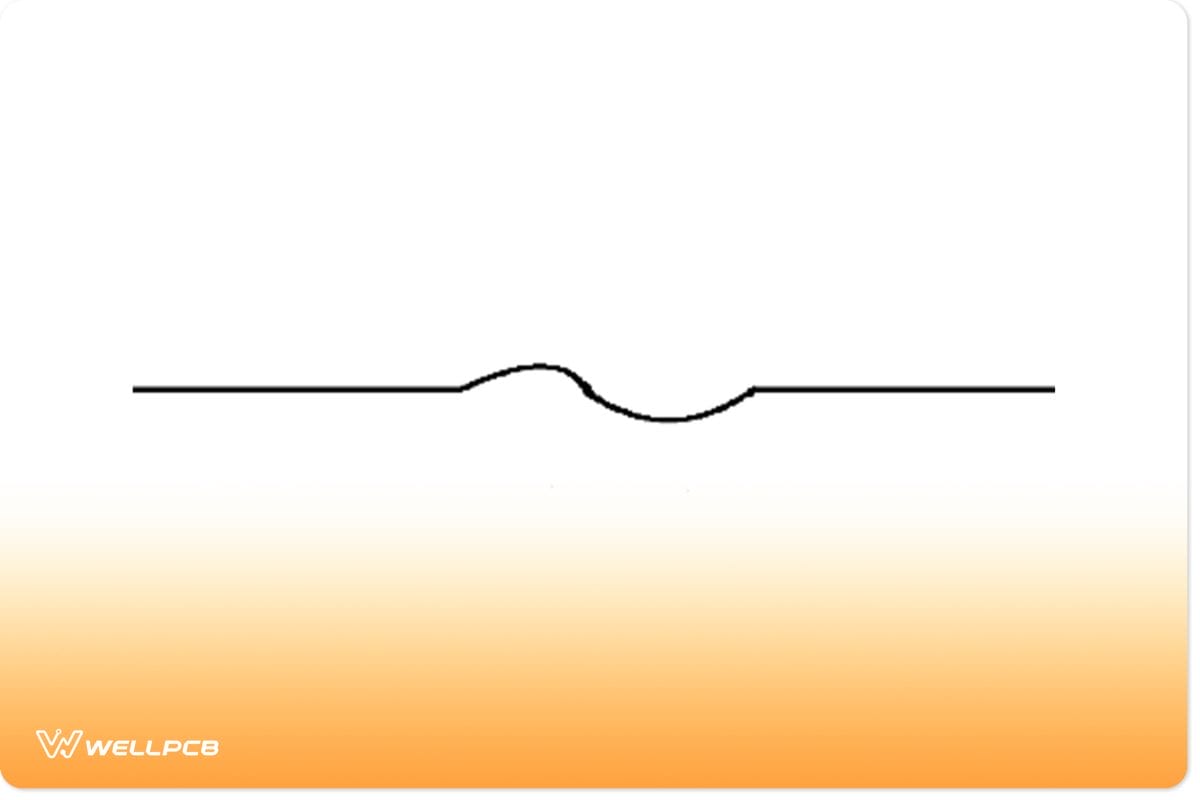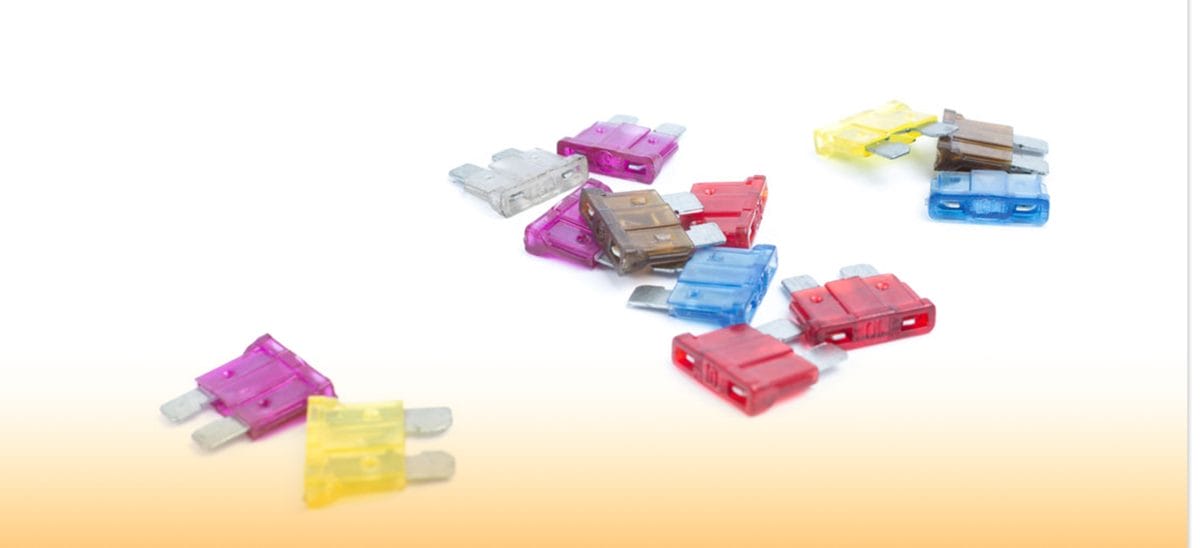Contents
What is a Fuse?

A Fuse
Circuit safety is the specialty of a fuse. A fuse is an electrical safety device. It has a conductive strip that melts and separates whenever there’s an overflow of current. It would help if you always connected a fuse in series with the electrical components—you want to protect.
So, when the fuse opens (blows), it stops the flow of current through the components by opening the entire circuit. However, connecting the fuse in one branch of a parallel circuit won’t affect the flow of current in other branches.
Additionally, you’ll find that manufacturers place fuse wires within a safety sheath to minimize the hazards of the wire burning up with violent force. When this happens, it creates an Electric arc blast. Usually, this occurs during severe overcurrents.
Fuses have various sizes and shapes. However, manufacturers design each fuse to protect electronic devices with certain electrical parameters. These parameters represent the operating current, speed, time, operating voltage, and fuse element melting of the fuse.
How Fuses Thoroughly Work?
As mentioned earlier, the fuse’s primary job is to disrupt the circuit if there is excess current flow. Thus protecting the components from damage.
But how does it protect the circuit?
The most basic type of fuse equips a resistive element because of its melting point. As current flows into the element, it creates a tiny voltage drop across the element (small enough not to affect the circuit downstream). This process dissipates some power as heat. Thus increasing the resistive element’s temperature.
However, the temperature increase won’t dissolve the filament—if the voltage is normal. But, if the voltage increases beyond the fuse-rated current, the resistive element interrupts the circuit by melting. The electric current is always the cause of the heating effect. Additionally, the length and thickness of the resistive element decide the rated voltage.
You can make fuse elements from copper, aluminum, silver, zinc, or their alloys for predictable trip currents. However, the element you choose must not corrode or oxidize over a period of time.
Characteristics of Fuses
The fuse is the first device used for protection in electronics. Though a fuse isn’t as flexible as a circuit breaker, it is reliable for high-performance devices. Plus, fuses are still fundamental in most applications. So, here are some characteristics to look out for before buying or designing your fuse:
Type of Fuse
You can identify fuses by two letters according to your applications (more details later). For low-voltage applications, we have gG and aM fuses.
The gG fuse cartridge is mainly for general purposes. These fuse cartridges protect the circuits from high and low overflows and short circuits. Also, these cartridges have black markings.
On the other hand, fuse cartridges protect electric motors from short circuits and high overloads. You can calculate these cartridges to resist specific temporary overloads. aM fuses have green markings.
Conventional Currents
We have two conventional currents, which include fusing and non-fusing.
The conventional fusing current (If) is the current value that makes the cartridge melt before the conventional time runs out.
While the conventional non-fusing current (Inf) is the current value, the fuse can withstand without melting.

Value table for conventional currents
Selectivity
Currents flow across multiple protection devices in series. Also, you can calculate and distribute these devices according to the different circuits you want to protect. Thus, selectivity happens when only the protection device of the faulted circuit operates.
Rated Currents and Voltages
The rated current is the current passing a fuse without setting it off. It is the voltage you can use to operate the fuse. In other words, it is the continuous current allowed across a fuse. As mentioned earlier, the two letters on your fuse determine its application. Here’s a more detailed description:

Rated currents and voltages table
Operating Zone
The operating zone is what determines the operating time of the fuse with the current crossing it. You must know the operating characteristics of your fuse if you want to calculate the discrimination of the different protective devices.
Breaking Capacity
Your breaking capacity must at least be equal to the short-circuit current. The higher the breaking capacity, the stronger the fuse. Furthermore, high breaking capacity fuses can limit short circuits reaching up to 100 000 A RMS.
Different Types of Fuses
Here is a list of the different types of fuses.
- DC fuses
- AC fuses
- Cartridge fuses
- High voltage fuses
- Thermal fuses
- Automotive, blade fuses, or bolted-type fuses
- D-type cartridge fuses or D-type fuse
- Rewireable fuse
- Resettable fuses
- HRC (high rupturing capacity) fuse or link-type cartridge fuse
- Low voltage fuses
- Cartridge fuses
- Drop out fuses
- Striker fuses
- Switch fuse
- Time-delay fuses
Symbol of a Fuse
Here are the standard IEEE/ANSI fuse symbols:

IEEE Symbol

ANSI Symbol
Also, here’s the IEC fuse symbol:

IEC fuse symbol
Types of Fuse
Fuses have two main categories, which include DC fuses and AC fuses. There are different types of fuses under each category. So, let’s take a deeper look.
DC Fuse
The DC fuse is different from the AC fuse when it comes to size. It’s bigger because of the constant values of direct current circuits. When the current rating goes past the maximum current limit, the metallic fuse wire melts and disconnects the rest of the circuit from the power supply. So, here are the different types of DC fuse:
Cartridge Fuses
The cartridge fuse is a common type of fuse you can see in most circuits. Also, a glass envelope (terminated by metal caps) contains the fuse element. Since it’s a glass tube, you see when the fuse blows and the metallic wire.
Resettable Fuses/Polyfuse
These types of DC fuses have self-reset capabilities.
Carbon black particles (conductive elements) inserted in organic polymers make up the structure of this fuse. So, when the circuit generates heat, the organic polymer expands and forces carbon black particles apart. Thus reducing the conductivity until no voltage flows.
Overvoltage Suppression
Fuses can’t always save your circuits from voltage spikes. However, you can pair your fuse with an overvoltage protection device to protect your circuits from current and maximum voltage spikes.
Metal oxide varistors (MOVs) and negative temperature coefficients (NTCs) are good examples of overvoltage suppression.
Automotive Fuses
These fuses protect automotive electronic systems that run up to 32v and 42v. The automotive fuse has a blade form with color codes that show the rated current.

Blade type fuse
Semiconductor Fuses
The amount of power a semiconductor can dissipate increases according to current flow. Thus, semiconductors work for super-fast fuses. Plus, the fuses can safeguard semiconductor switching devices that can pick up the smallest current spikes.
AC Fuses
The signals from AC currents vary from minimum to maximum and oscillate 50 to 60 times per second. During these oscillations, the AC voltage touches the 0v and terminates the arc between the melted electrodes. Thus, AC fuses are smaller when compared to DC fuses in electrical equipment.
Here are the different types of AC fuses:
High Voltage Fuses
You can use these fuses for high-voltage AC transmission lines—for voltages that climb higher than 100 kilovolts.
HRC Fuses
The HRC fuse is a cartridge-type fuse that equips a transparent steatite envelope. Quartz powder and non-conducting liquid type fill up the insides of the fuse. Plus, it can work as a dousing agent. Plus, the fuses work better for currents with high faults.
Expulsion Fuses
The main components of this fuse are chemicals like boric acid, which generates gases when heated. These gases act as extinguishers that handle the arcs at the end of the fuse.
Advantages and Disadvantages of Electric Fuse
Here are the pros and cons of using an electric fuse:
Pros
- The fuse is the most inexpensive protection device in an electrical circuit
- The fuse is easy to operate
- You can make the operation time of a fuse smaller than that of a miniature circuit breaker
- Zero maintenance
- Allows current limiting in the event of a short-circuit
- Fuses can stop huge short-circuit currents without generating flame, gas, smoke, or noise
Cons
- You’ll have a blown fuse after a short-circuit or overload
- Fuses connected in series are difficult to discriminate unless they have different sizes
Applications of Different Types of Fuses
You can use the different types of electrical and electronic fuses for various electrical systems and electronic applications. So, here are some of the applications of fuses:
- Motors and transformers
- Digital cameras
- Laptops
- Printers
- DVD players
- Instrument transformers
- Cell phones
- Air-conditioners
- Scanners
- Game systems
- Power Systems
- Power transformers
- Light bulb
How to Choose a Fuse?
Here are a few steps to help you choose the right fuse:
- Know the type of voltage
- Monitor the ampere rating of the circuit your fuse will protect
- Make sure the fuse matches the fuse holder
- Inspect the fuse (in case you need to replace the internal element)
- Choose a fuse with an inspection window
Wrapping Up
Finally, use an ohmmeter to check your fuses. But ensure you pull the fuse from its holder before using the meter.
Also, if your fuse has an inspection window, it is easier to detect when you have a blown fuse. A quick visual check is all you need when looking for problems on a circuit.
Well, that concludes this article. If you have any questions, feel free to reach us. We’ll be happy to help.





